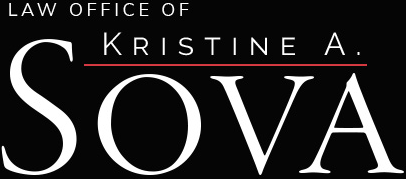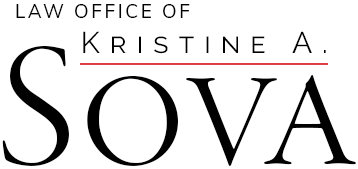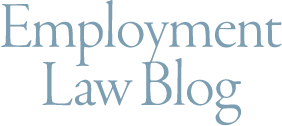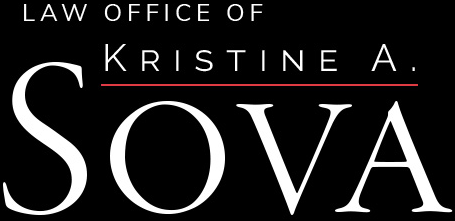New York’s Paid Family Leave Benefits Law (PFL) will provide New York employees with up to 12 weeks of job-protected paid family leave to bond with a new child, care for a family member with a serious health condition, or address a qualifying exigency relating to the active military duty of a spouse, domestic partner, child, or parent. PFL benefits will be fully funded from employee contributions deducted from payroll. When fully implemented, qualifying employees will be entitled to income replacement of up to two-thirds of the employee’s average weekly wage or up to two-thirds of the New York State average weekly salary, whichever is less.
The PFL is effective January 1, 2018, and benefits will increase annually until January 1, 2021. However, employers are permitted to begin making payroll deductions to fund PFL benefits as early as this month (July 2017).
Below are some answers to FAQs about the new law.
Which employees are eligible for PFL benefits?
PFL covers employees whose regular employment schedule is at least 20 hours per week and have worked at least 26 consecutive weeks before the first full day of PFL begins.
Part-time employees whose regular employment schedule is less than 20 hours per week will be eligible for PFL benefits after the employee has worked for 175 days for the employer. The 175 days are actual days worked, not calendar days.
Does an employee need to qualify for leave under the federal Family and Medical Leave Act (FMLA) in order to be eligible for PFL benefits?
No. Employees may be entitled to the benefits associated with PFL even if they do not qualify for leave under the FMLA.
What are the reasons that an employee may take PFL leave?
Eligible employees are entitled to a paid leave of absence from work in three situations:
- PFL is available for an employee to bond with his/her newborn child during the first year of the child’s life, or, in the case of adoption or foster placement, for the first year after the placement of a child with the employee.
- PFL is available for an employee to care for a family member with a serious health condition. Both “family member” and “serious health condition” are defined in the PFL.
- PFL is available to address a qualifying exigency relating to the active military duty (or an impending call or order to active military duty) of a spouse, domestic partner, child, or parent.
What paid benefits are provided under the PFL?
Paid benefits will be phased in over a period of 4 years as follows:
- Effective January 1, 2018 – 8 weeks of paid leave in a 52-week period at 50% of the employee’s average weekly wage, or 50% of the New York State average weekly salary, whichever is less
- Effective January 1, 2019 – 10 weeks of paid leave in a 52-week period at 55% of the employee’s average weekly wage, or 55% of the New York State average weekly salary, whichever is less
- Effective January 1, 2020 – 10 weeks of paid leave in a 52-week period at 60% of the employee’s average weekly wage, or 60% of the New York State average weekly salary, whichever is less
- Effective January 1, 2021 – 12 weeks of paid leave in a 52-week period at 67% of the employee’s average weekly wage, or 67% of the New York State average weekly salary, whichever is less
Are tips included when determining an employee’s average weekly wage?
Yes.
Can an employee supplement PFL paid benefits with accrued vacation, sick, personal, or other paid time off?
Yes. Employers and employees can agree to allow the employee to supplement PFL benefits up to their full wages with accrued vacation, sick, personal, or other paid time off. Employers who do so may request reimbursement from the insurance carrier that provides PFL benefits to their employees.
What other benefits are associated with PFL?
PFL offers employees the following additional benefits:
- Job protection – An employee who has received PFL benefits must be reinstated to his/her prior position of employment, or to a comparable position with comparable pay, benefits, and other terms and conditions of employment, upon the conclusion of PFL leave.
- Benefits protection – An employee who receives health insurance through his/her employer is entitled to continued coverage during PFL on the same terms as if the employee had continued to work during the period of PFL.
Is PFL only available “as blocks of time”?
No. Employees may take PFL leave in minimum full-day increments, either in blocks of time or intermittently. If an employee takes leave in daily increments, he/she may only take a maximum of 60 days of PFL in a 52-week period if he/she works 5 or more days per week.
What impact does PFL have on other types of leave, such as FMLA?
If an employee qualifies for leave under both the PFL and the FMLA, the leave under both laws will run concurrently. Employers are obligated to provide employees with any requisite FMLA notices of same.
Employees receiving PFL benefits may not receive New York State disability benefits during the same time period. Employees who are eligible for disability benefits may only receive a combined amount of 26 weeks of disability and PFL benefits in a 52-consecutive calendar week period.
How are PFL benefits funded?
PFL benefits are intended to be fully funded by employees. The maximum employee contribution will be a small deduction from each employee’s paycheck. Beginning January 1, 2018, the contribution will be 0.126% of the employee’s weekly wage, up to and not to exceed the statewide average weekly wage. The amount is subject to change on September 1 each year.
All insurance carriers who provide short-term disability benefits must provide PFL benefits.
May an employer self-insure for PFL?
Yes, but only those employers who self-insure for statutory short-term disability benefits may do so and only if they elect to do so before September 30, 2017.
What notices and forms are associated with PFL?
Employers are required to provide employees with written guidance concerning their rights and obligations under the PFL, including how to file a claim for PFL. If an employer maintains an employee handbook or written policies regarding benefits and/or leave, then information concerning PFL must be included within the handbook or policies.
Employers must also display or post, in plain view, a notice concerning PFL in a form prescribed by the New York Workers’ Compensation Board.
Employers must provide employees with the option to sign a waiver if their regular work schedule will never achieve the period required to become eligible for PFL benefits (see “Which employees are eligible for PFL benefits?” above.) The New York Workers’ Compensation Board will develop a waiver form for employers to use.
What should employers do now to prepare for the PFL?
- Employers should determine how they will obtain PFL coverage. If you self-insure short-term disability benefits and would like to self-insure PFL benefits, you must elect to do so by September 30. Otherwise, contact your disability benefits insurance carrier to find out more about adding PFL coverage.
- Begin taking payroll deductions for PFL, or prepare to start doing so by January 1.
- Draft a PFL policy and determine how it will integrate with your business’s current leave practices. Train HR and management professionals accordingly.
- Prepare for extended leave requests from employees. Not only are many more employees eligible for leave under the PFL than under the FMLA, but the paid aspect of PFL will likely result in more employees taking PFL than other forms of leave.




